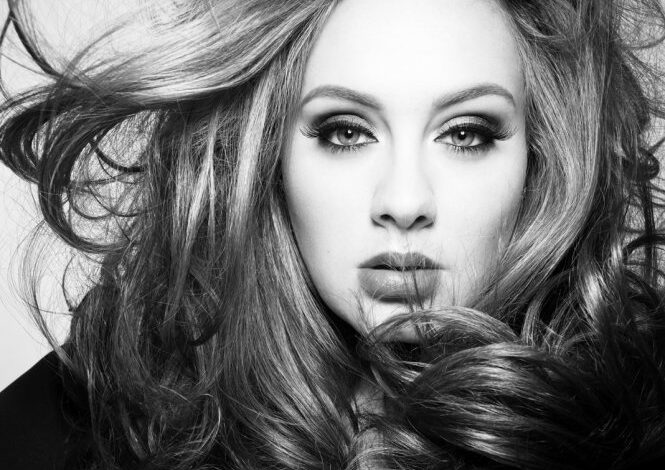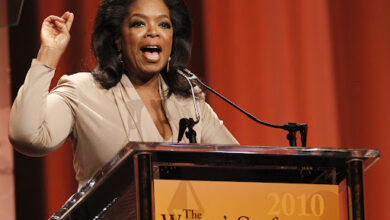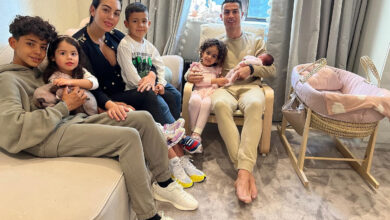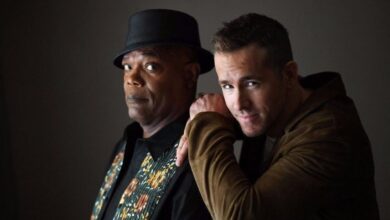The Incredible Journey of Adele from Childhood to Adulthood

In a modest flat tucked away in Tottenham, North London, a little girl once sang to the walls — not for fame, not for praise, but simply because it made her feel alive. That little girl was Adele Laurie Blue Adkins, born in 1988, destined not just to be heard, but to be felt.
Raised by a single mother after her father left early in her life, Adele’s childhood was marked by both emotional gaps and creative richness. Her mother encouraged her to express herself, to feel deeply, to speak through song. It wasn’t long before her smoky voice, hauntingly mature even in her teenage years, turned heads.

She enrolled in the BRIT School — a cradle of talent that had nurtured the likes of Amy Winehouse. But Adele never had the hunger for celebrity. Her ambitions were always more personal: to write songs that made people cry the way she cried when she first heard Etta James or Ella Fitzgerald.
Her debut album, 19, was a journal set to melody — a reflection of love, confusion, and self-discovery at the cusp of womanhood. Her voice, warm and deep, carried the weight of generations. It wasn’t just talent — it was soul.
But it was 21 that turned her into a cultural phenomenon. Written in the wake of heartbreak, the album was not just a breakup diary — it was an emotional earthquake. With tracks like “Someone Like You” and “Rolling in the Deep,” Adele offered vulnerability without shame. She gave the world permission to feel.

As she matured, so did her sound. 25 was more reflective, filled with nostalgia and a search for identity as she faced adulthood. And 30 was her boldest yet — written after a divorce, shaped by motherhood, and marked by a quiet storm of self-reinvention. In it, she doesn’t just sing about pain — she talks to her son, to herself, to the woman she once was and the one she’s still becoming.
Adele’s journey from childhood to adulthood is not one paved in glitter. It’s lined with therapy, self-doubt, maternity, grief, love, and a raw kind of truth that few celebrities allow the public to witness. She disappeared when the spotlight grew too loud and returned only when she had something real to say.
In an industry obsessed with constant reinvention, Adele’s refusal to conform is her greatest rebellion. She doesn’t chase trends. She creates timeless moments. She is as human as she is iconic.

So when we speak of Adele’s journey, we speak not just of albums and awards. We speak of a girl who turned sorrow into symphony, who grew up not in silence, but in song. From childhood dreams to adult truths, Adele didn’t just grow up — she grew inward, upward, and unapologetically real.





